1. Sundials
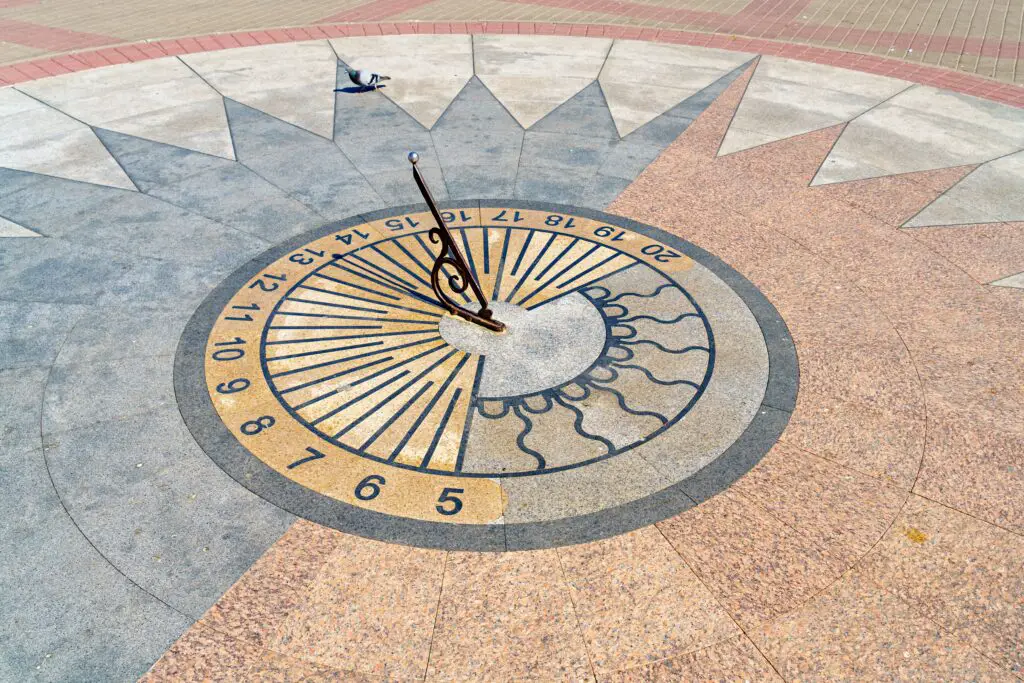
Long before clocks became ubiquitous, sundials were one of the earliest methods of telling time. These ancient devices rely on the sun’s position, with a stick or gnomon casting a shadow across a marked surface. Sundials can be traced back to ancient Egypt, where they were used to track the movement of the sun, offering a natural way to divide the day. The concept of dividing the day into segments based on sunlight led to the creation of the 12-hour system we still use today shares the BBC.
However, sundials aren’t without their challenges. They are only effective during daylight hours, and their accuracy depends on the time of year and geographic location. While some sundials were sophisticated enough to account for seasonal variations, others could only offer rough estimates. Still, they were a crucial timekeeping tool for civilizations for thousands of years, shaping our understanding of time long before mechanical clocks adds the Harvard Gazette.
2. Water Clocks (Clepsydra)
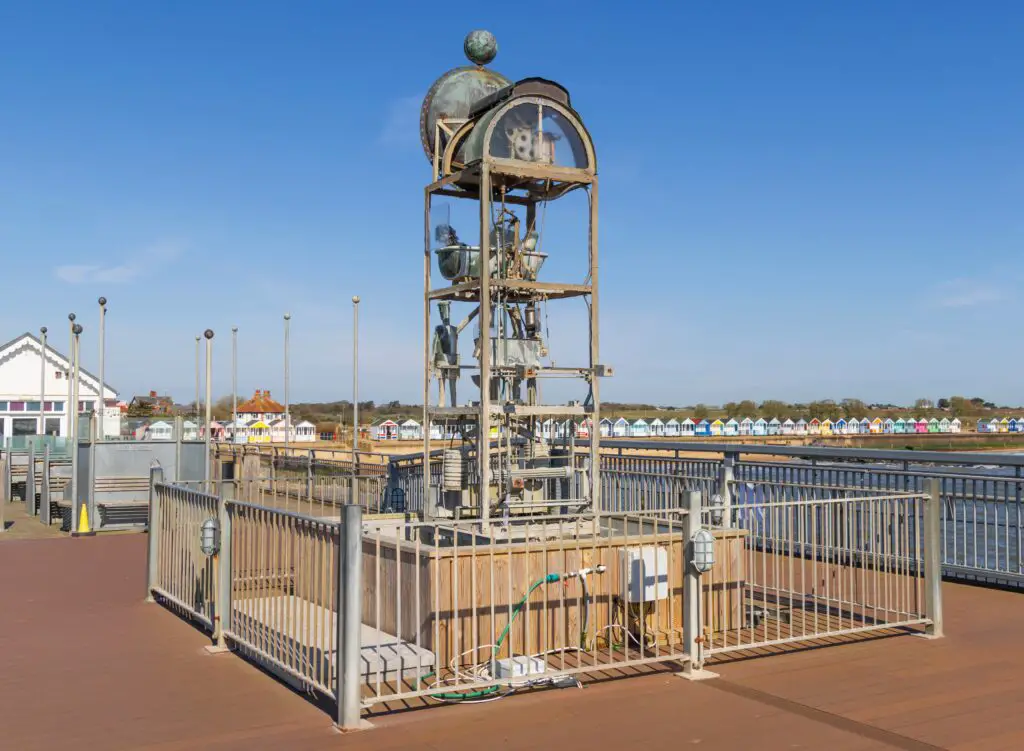
The water clock, or clepsydra, is one of the oldest known timekeeping devices, dating back to around 1500 BCE in ancient China and Greece. These devices use the steady flow of water to measure time, with the water either filling or draining from a container. The amount of water collected or lost would correspond to a specific time interval, making them especially useful for tracking time during the night or in cloudy weather when sundials weren’t an option says Wikipedia.
Although effective, water clocks had their drawbacks. They required constant refilling and maintenance to keep the flow consistent, and variations in temperature could affect the water’s flow rate. Despite these limitations, they were widely used in ancient cultures, from Greece to the Islamic world, and were a significant leap in the quest for accurate timekeeping adds Britannica.
3. Candle Clocks
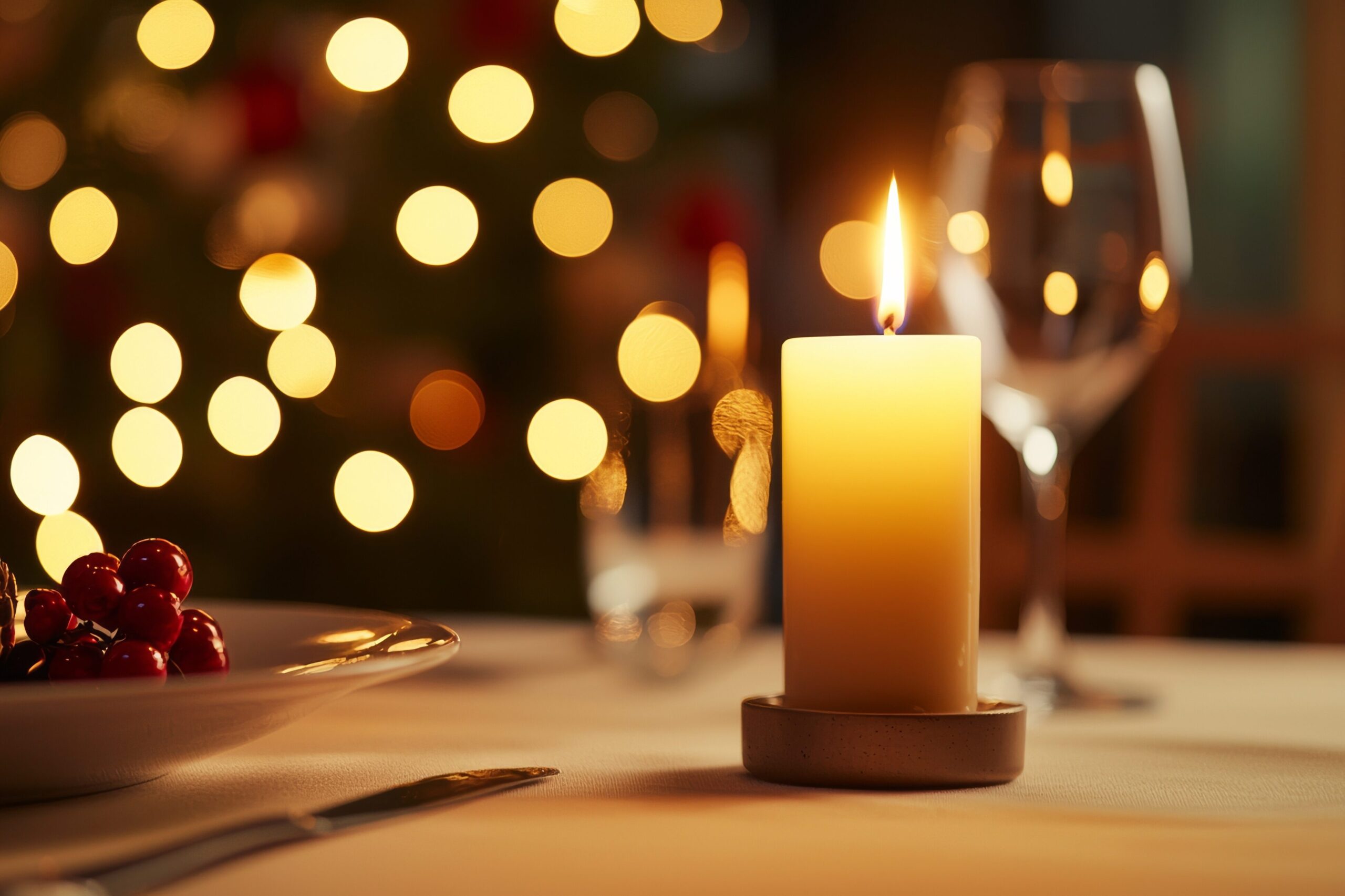
Candle clocks are a fascinating blend of practical timekeeping and art. These candles were designed with markings along their length, which melted away as time passed. As the candle burned, it would gradually reach specific markers, allowing individuals to gauge the passage of time by the height of the wax left. The first recorded use of candle clocks dates back to the 9th century, though they likely existed in earlier forms.
The beauty of candle clocks lies in their simplicity. They didn’t require complicated mechanisms and were portable, making them ideal for use in homes or on the go. However, like water clocks, their accuracy was affected by environmental factors such as drafts and temperature. Still, they were a reliable method for timekeeping in an era before mechanical clocks.
4. Hourglasses
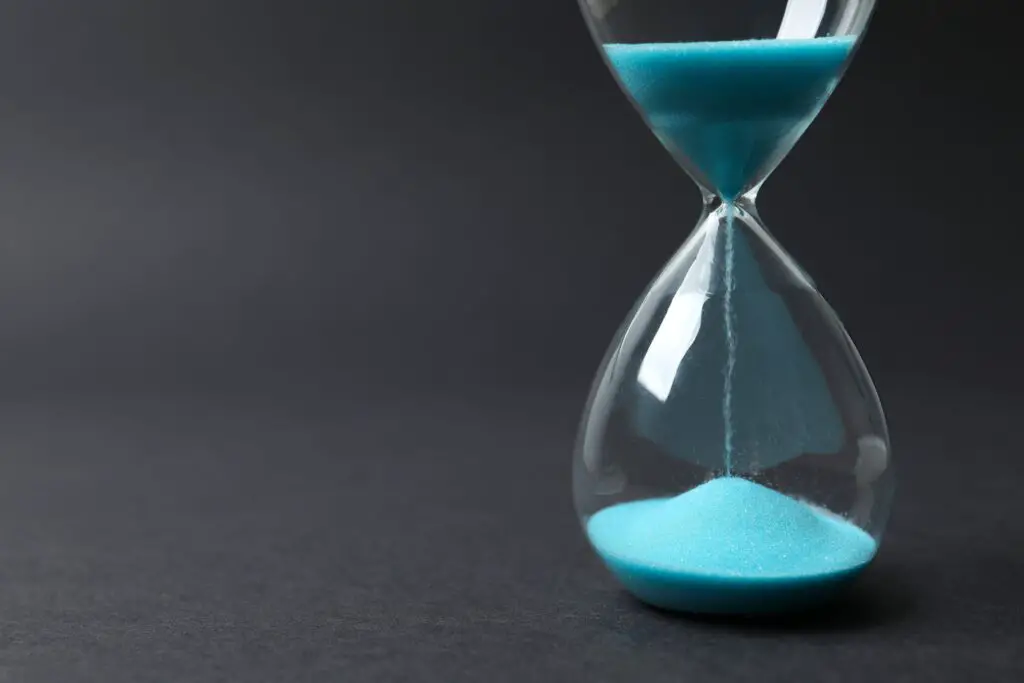
Hourglasses, often associated with pirates and old ships, are a quintessential image of time passing. These devices use sand to measure time, with the sand flowing from one chamber to another in a set amount of time. Hourglasses became popular in the Middle Ages and were widely used in ships, churches, and homes. The steady, predictable flow of sand made them an excellent tool for short periods, like measuring an hour or a specific task.
Despite their usefulness, hourglasses had some limitations. The sand needed to be fine and consistent, and any irregularities could throw off the timing. Additionally, hourglasses were not very practical for longer durations, which limited their use compared to other timekeeping methods. Still, their iconic shape and function made them a lasting symbol of time.
5. Mechanical Escapements
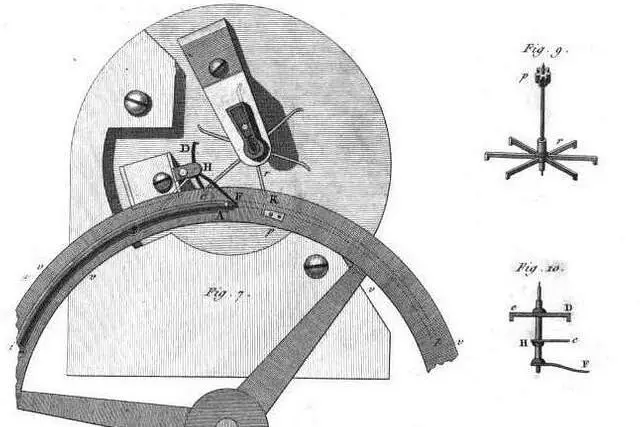
One of the breakthroughs in timekeeping technology came with the development of the mechanical escapement in the 13th century. These mechanisms, which regulated the flow of energy from a wound spring or falling weight, allowed clocks to run continuously and accurately. The escapement’s invention marked a significant step toward the mechanical clocks that would eventually revolutionize timekeeping across the world.
While early mechanical escapements were often inaccurate and complex, their development laid the foundation for more precise timepieces. These early clocks were primarily used in churches and town halls to signal the time for the community. Despite their inaccuracy compared to modern clocks, they marked a shift from relying on natural events like the sun and water flow to a more mechanical approach to measuring time.
6. Tuning Fork Clocks
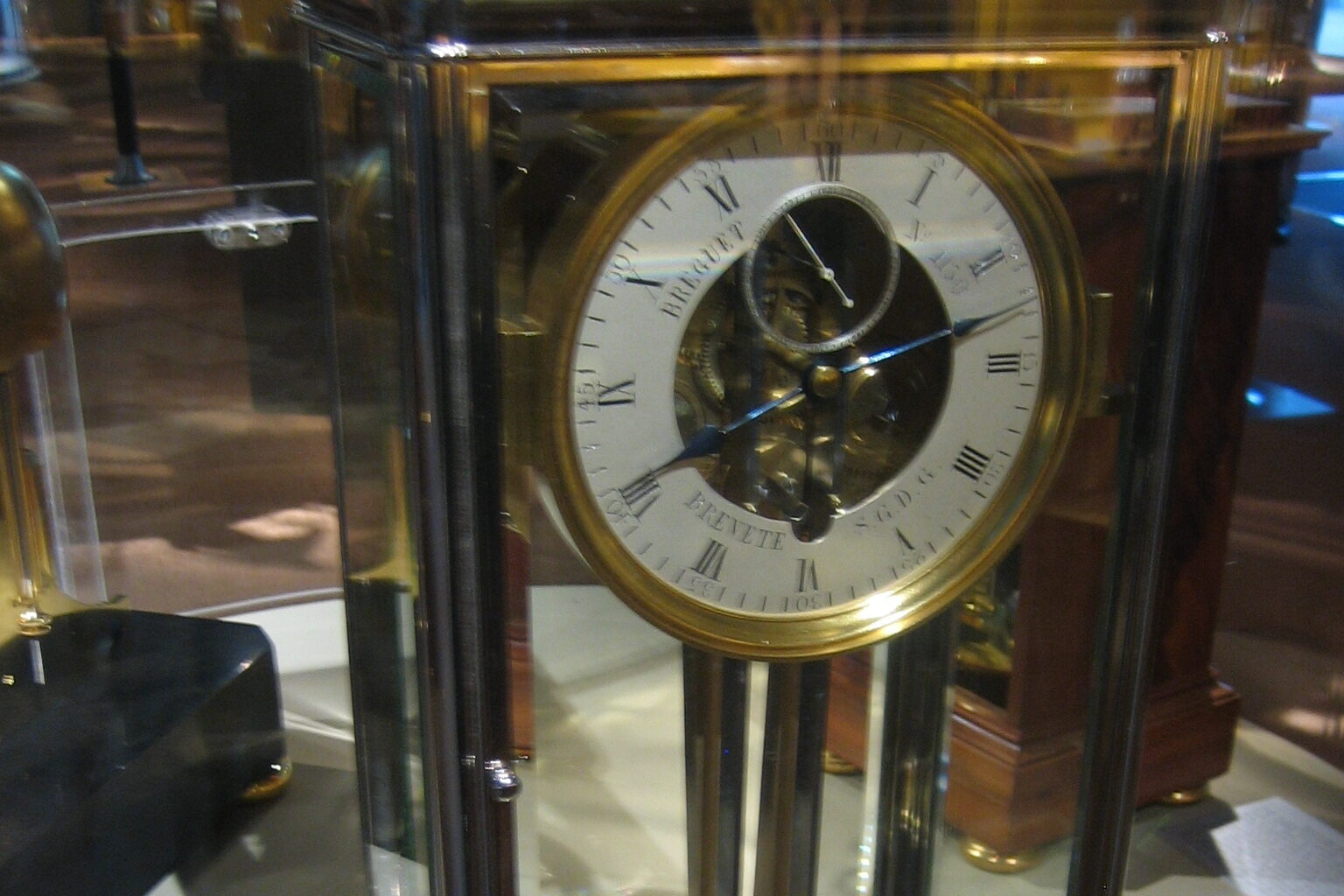
The concept of using sound for timekeeping was pioneered in ancient China, but it wasn’t until the 17th century that tuning forks became an essential tool for measuring time. By emitting a consistent sound at a set frequency, tuning forks offered a way to measure time with incredible accuracy. These devices were often used in scientific settings, where precise measurements of time were crucial.
However, tuning fork clocks had their limitations. They relied heavily on environmental conditions like temperature, which could affect the frequency of the sound. Despite these issues, they helped lay the groundwork for the more advanced pendulum clocks and quartz watches that would follow in later centuries. Their role in precision timekeeping is often overlooked but was crucial in the evolution of modern horology.
7. Astrolabes

Astrolabes, often regarded as ancient multitools, were used for more than just navigation. These intricate devices helped ancient astronomers and sailors track time based on the stars and the movement of celestial bodies. By measuring the altitude of stars, users could estimate the time of day or night, with remarkable precision. Astrolabes were especially important in the Islamic world, where they were used for everything from determining prayer times to calculating the positions of planets.
Astrolabes had a steep learning curve, as they required users to understand the stars and their movements. Despite this, they were prized for their accuracy and versatility, offering a way to measure time with the cosmos as a guide. While largely replaced by more efficient methods in later centuries, astrolabes were an invaluable tool for ancient astronomers and explorers.
8. Shadow Clocks
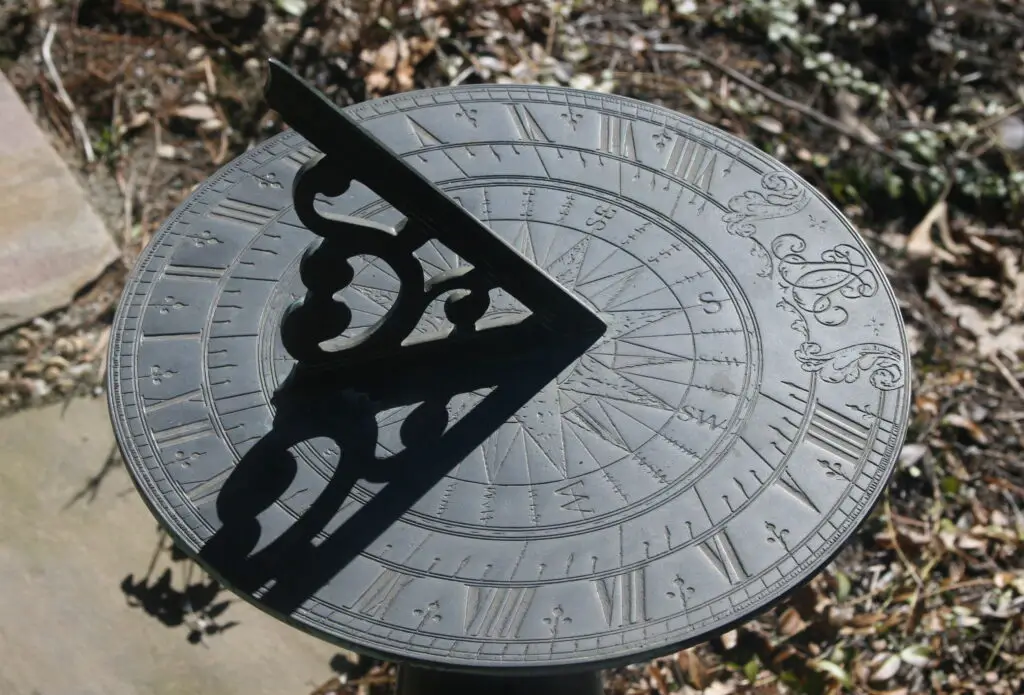
Shadow clocks are a fascinating hybrid of sundials and early mechanical clocks. These devices used a set of fixed objects or markers to cast shadows at specific times of day. The time was determined by observing how far along the shadow had moved. Unlike sundials, which relied on the sun’s direct light, shadow clocks could be used even on cloudy days as long as there was some ambient light.
Despite their ingenuity, shadow clocks were only as reliable as the conditions under which they were used. They were not ideal for nighttime or bad weather, and their accuracy varied greatly depending on the environment. However, they represented an early attempt to find consistency in time measurement, a theme that continued to evolve throughout history.
9. Sun Dials with Water Circuits
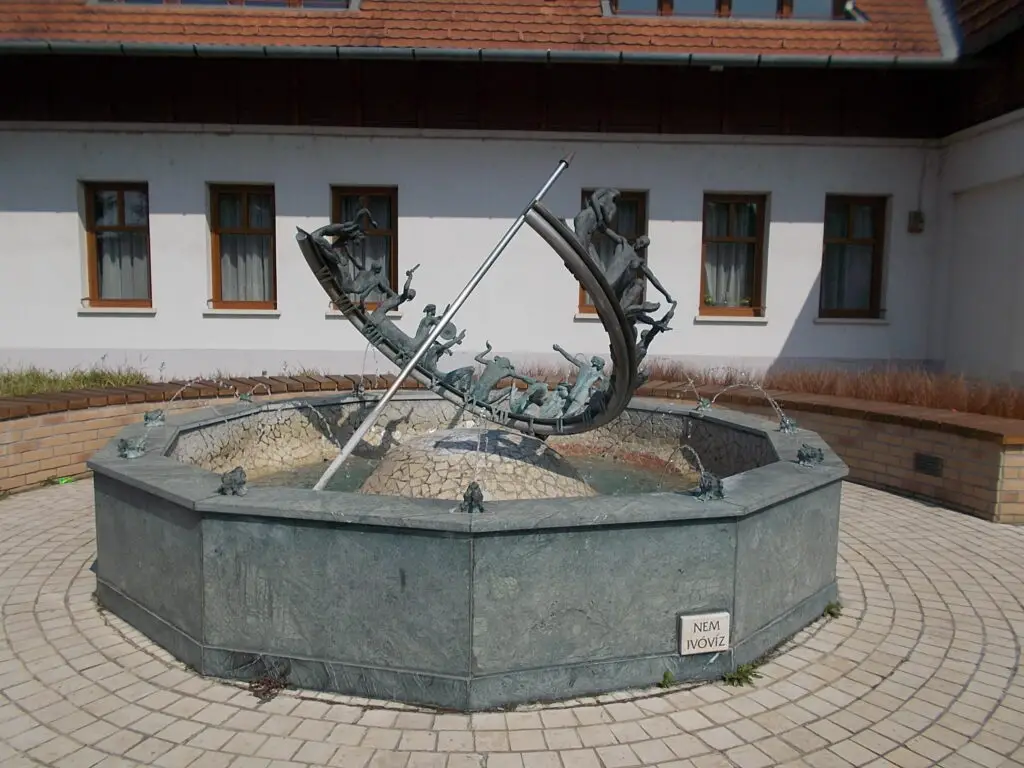
A variation of the traditional sundial was the water-driven sundial, which combined the principles of water clocks and sundials. The ancient Greeks, and later the Romans, devised systems where a sundial’s shadow would move over a series of water-filled containers. These containers would slowly empty or fill, allowing for a more consistent time readout, regardless of seasonal changes in the sun’s position.
While an innovation in its time, the water circuit sundial was complicated to maintain and required careful calibration. It was still very much dependent on the sun for its accuracy, and like all early timekeeping methods, it was subject to the challenges of fluctuating weather. However, it marked an early effort to improve the accuracy and reliability of ancient timepieces.
10. Clocks with Weights and Pulleys
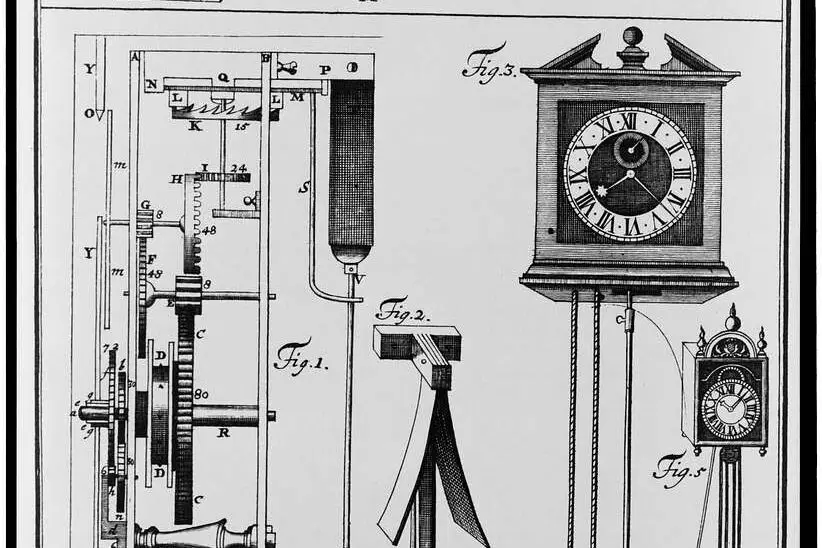
In the medieval period, clockmakers in Europe began to develop mechanisms involving weights and pulleys. These clocks, often installed in church towers or town halls, used the pull of gravity to regulate the passage of time. The weight would slowly descend over time, winding the mechanism that powered the clock’s hands. The pulley system allowed these clocks to run for longer periods, but they still required regular maintenance and resetting.
Despite their rudimentary design, these early mechanical clocks represented a leap forward in precision. The use of gravity as a regulating force allowed for more consistent timekeeping compared to earlier methods. While they were far from perfect, these clocks laid the groundwork for the development of the more sophisticated timepieces that would dominate the following centuries.
11. Moon Phase Clocks
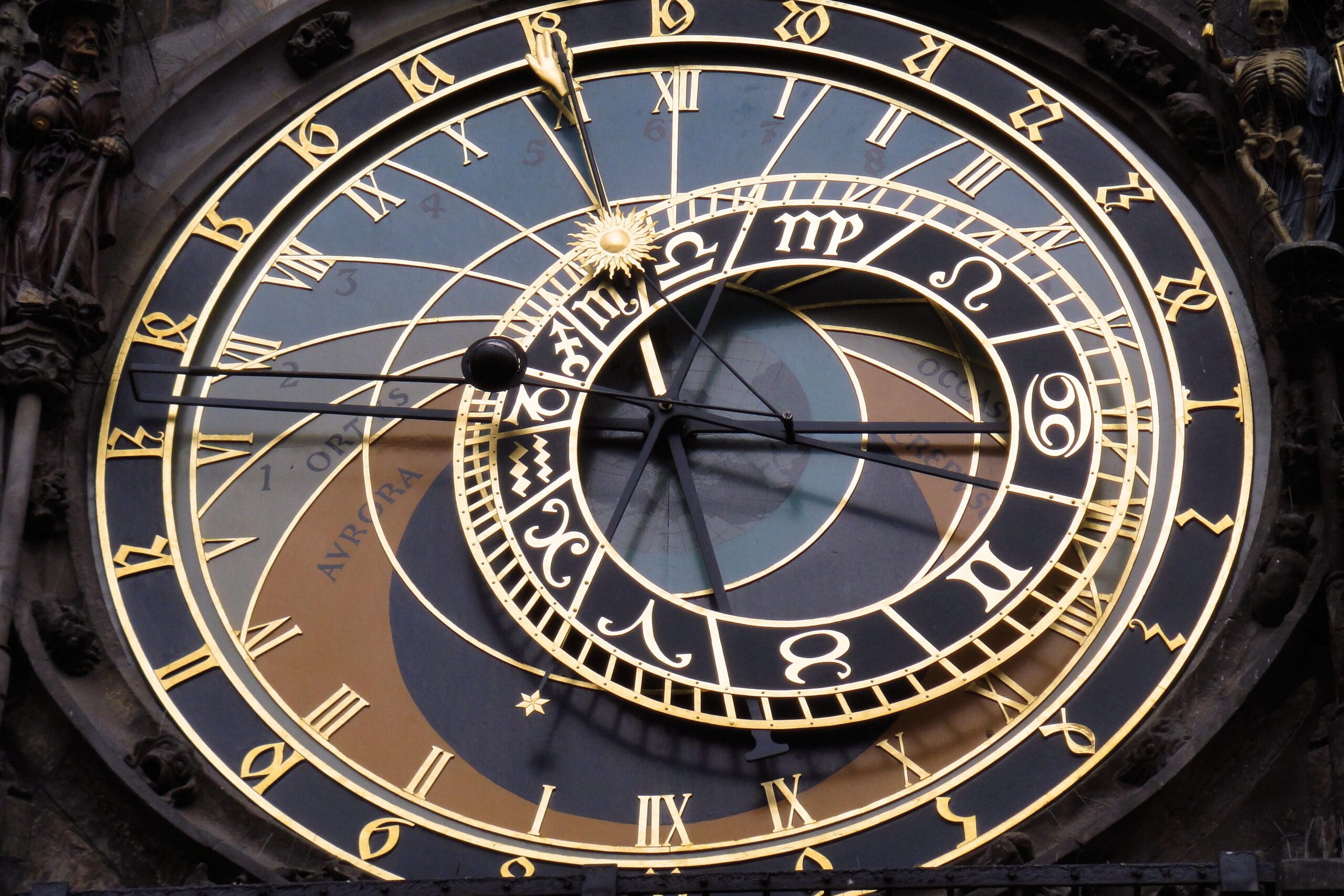
The ancient civilizations of the world were keenly aware of the moon’s cycle and its impact on daily life. Moon phase clocks, used by ancient Egyptians and other early cultures, tracked the phases of the moon to gauge the passage of time. These clocks typically featured a set of movable markers that aligned with the moon’s different phases, offering a method of timekeeping based on the lunar cycle.
Although they didn’t offer precise time measurements like other methods, moon phase clocks were incredibly useful for agricultural societies, where planting and harvesting were often tied to the lunar calendar. Over time, moon phase clocks became more refined, with some featuring multiple dials to account for different lunar cycles. These clocks helped people keep track of both the day and night, providing a rhythmic way of understanding time through the natural world.
12. Fire Clocks
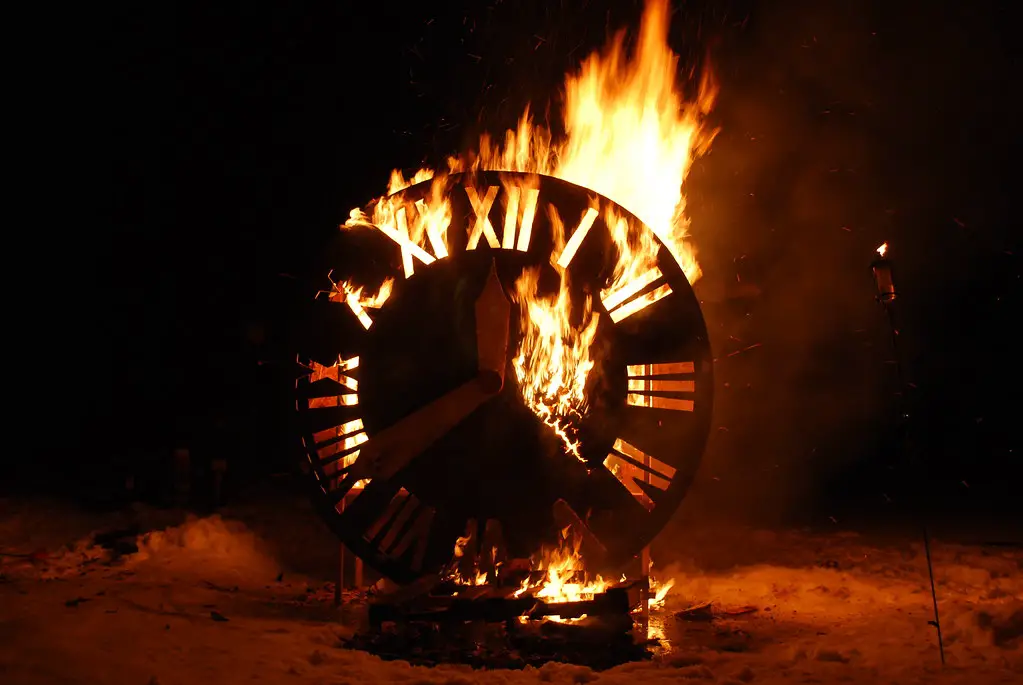
Fire clocks, often associated with ancient China, used the burning of materials as a method of tracking time. A specific material, like a rope or paper, would burn at a steady rate, and the time it took to burn completely would be measured. This was an innovative, albeit crude, way of measuring time before mechanical clocks became widely available. In some cases, fire clocks were used in combination with other timekeeping methods, like water clocks or sundials.
The main issue with fire clocks was their unpredictability, especially given the variance in materials used. Factors like wind and humidity could alter the rate of burn, making fire clocks unreliable for precise timekeeping. However, they were a fascinating example of early attempts to control and measure time using available resources.
